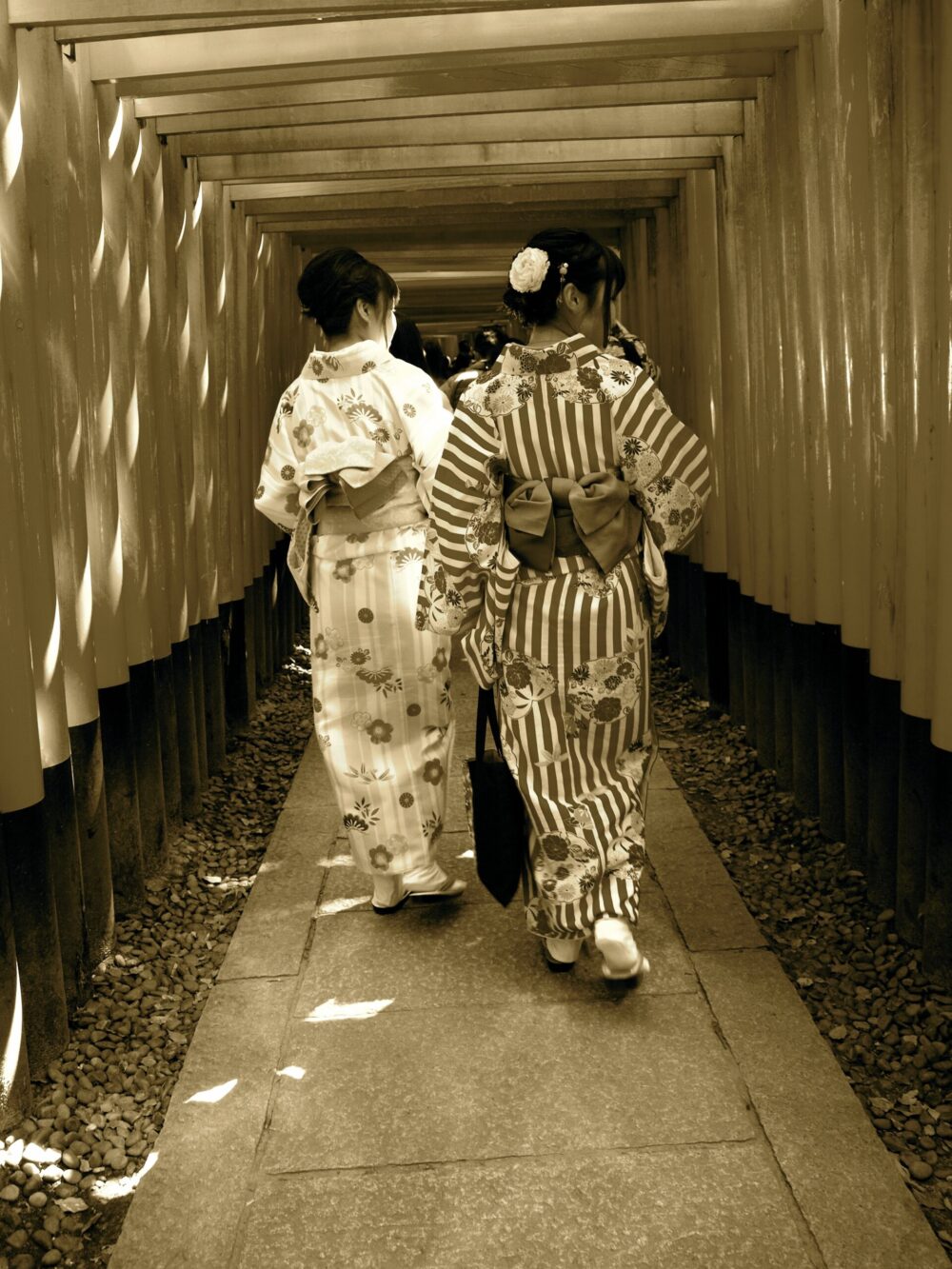Why you should be like a Magnolia
The consulting and coaching company acts globally, renewing structures and acting effectively in all its activities. It is our claim to always unite the balance between female and male attributes in the management of a company. As a company we are multi-faceted, pragmatic and enjoy changes. In the following text we give you an insight into the wonderful world of magnolia.
The blossoms of the magnolia trees are unmistakably beautiful. But this obvious characteristic is not the reason why we ask you to be more like a flowering tree. Magnolias can be much more than just a superficial feast for the eyes.
Magnolias are global, wise, adaptable and resilient

Magnolias are one of the oldest tree species worldwide. Long before bees flew through the air from blossom to blossom, pollinating and spreading plants, magnolia trees existed and reproduced with the help of beetles. Fossils prove that they must have existed 20 million years ago – some species related to the magnolia family date back as far as 95 million years. A tree that has survived for so long is wise, flexible, and adaptable.
Diverse and fruitful. To undermine damage from pollinating beetle species, magnolias have developed extremely resistant flowers. To this day, magnolia is one of the few plants that does not depend on bees. In times of imminent bee mortality, this is a thoroughly hopeful ability that speaks for the tree’s ability to survive even in the most dystopian future scenarios.
Global. The triumphant march of the magnolia stretches over almost the entire globe: its natural distribution extends from East and Southeast Asia, to North and Central America, to the West Indies and South America. Passionate gardeners have ensured that magnolias have now extended their natural range to almost every corner of the world. From one point of view, magnolias are not only hardy, but are something akin to pop stars of the tree scene.
Magnolia flowers are also versatile in propagation; they are perfectly self-pollinated, i.e. they have both a functioning male stamen and a female pistil. Due to the adaptability and reproductive capacity of more than 200 species of magnolia, combined with their popularity, magnolia can be taken as a model to be followed.
Magnolias are effective and healing
However, the plant, named after the French botanist Pierre Magnol, can be more than tough and beautiful. Almost everything from the tree can be used by us humans. Parts of the magnolia are used in regional cuisines and medicine. The flowers of most species are edible. In England the petals of Mangolia grandiflora are pickled and used as a spice. And in some Asian cuisines, the buds are pickled and used as a fragrance for rice and tea.

In Japan, on the other hand, the young leaves and buds of Magnolia hypoleuca are grilled and eaten as a vegetable, while older leaves are processed into powder and used for seasoning. Dried, whole leaves are stuffed in a charcoal pan with miso, leek, daikon and shiitake and grilled. The leaves are also used as packaging material for food.
But magnolias are more than just delicious, they also heal. The bark and buds of magnolia have long been used in traditional Chinese medicine, where it is known as hou po. Magnolias are also used in Japanese medicine for therapeutic purposes. However, the effectiveness of the bark is not only respected in traditional medicine but is now being used in modern practices as well. The bark of the magnolia tree is particularly rich in two neolignans, which are believed to be responsible for its medicinal properties: magnolol and honokiol. Neolignans are a kind of polyphenol micronutrient in plants. Polyphenols are highly valued for their antioxidant levels and are believed to have outstanding health benefits. Oxidative stress and the resulting inflammation is considered a cause of chronic diseases such as diabetes, cancer, heart disease and neurodegenerative diseases such as Alzheimer’s. It also plays a role in physical and mental aging processes. Current research believes that neolignans from Magnolia trees can have a counteractive and rejuvenate effect towards these diseases.
Some of the conditions for which magnolia bark is traditionally used are asthma, anxiety, depression, sleep disorders, stomach problems and inflammation. The list can be continued: It is also believed to have mood-lifting, stress-reducing, calming properties. Also the medical importance of the magnolia bark in the gynaecological field should not be underestimated, where it is used especially in the treatment of menopause symptoms.
The magnolia is therefore not only strong itself, but also imparts this strength to those who work with it.
Magnolias are meaningful
Magnolias also have an important meaning on a symbolic level. Not surprisingly, the flower of magnolia stands for grace, endurance and closeness to nature. The flower is soft and subtle in color, but embodies a powerful and steadfast appearance. It represents beauty, femininity and gentleness without being weak or vulnerable.
MagnoliaTree would like to encourage you to be like a magnolia, to feel the essence of the tree within you and to grow upwards and beyond yourself, to use your full potential for yourself and for others.
so be like a magnoliatree


